
Irrigation Application Efficiency
Optimising the application of irrigation water to ornamental crops
Improving irrigation application efficiency has become a major concern for many businesses. Efficiency measures are being driven by ongoing legislation dealing with the supply of limited water resources and preventing potential pollution in drainage and run-off water. However, the significant productivity, cost savings, and crop quality benefits to be gained from improving efficiency should also be a motivating force to seriously examine current nursery practices.
Optimising irrigation application efficiency
Improving irrigation application efficiency requires three steps –
- Understanding the overall and changing needs of the crop, and the impact of the production system and growing media adopted.
- Optimising the uniformity and efficiency of water application to, and minimising the loss from, the crop.
- Accurately scheduling irrigation to match the needs of the crop, while accounting for the overall type of irrigation regime in place.
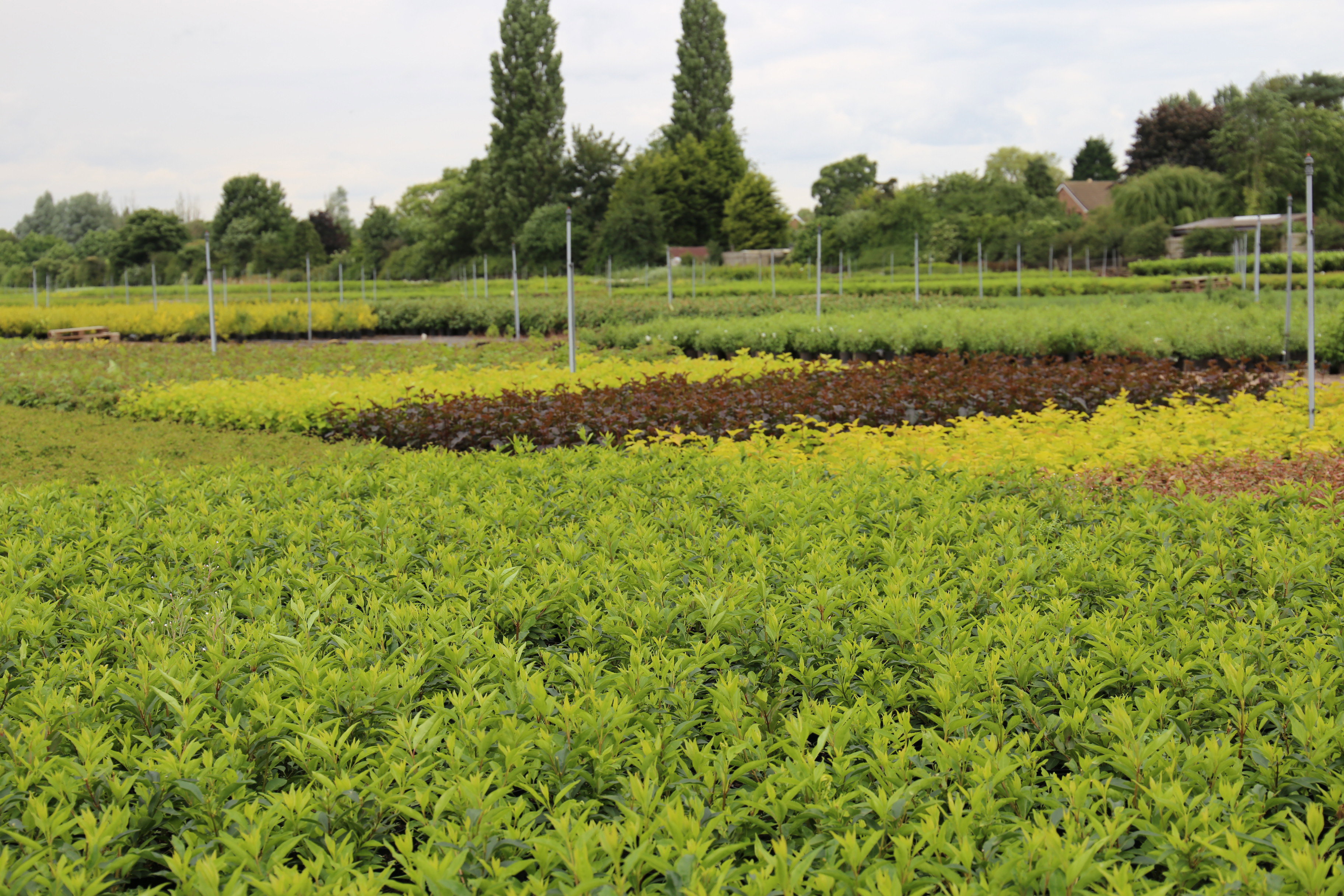
Crop needs and the impact of production systems
Crops should ideally be grouped according to their irrigation need, some plants, such as those that originate from Mediterranean areas for example may have physiological adaptations such as thickened leaf cuticles, reduced leaf size, or waxy layers to help reduce water loss. Some, like herbaceous crops, will generate a large amount of growth throughout the year, so their water need will gradually increase from spring through to late summer in line with their development.
Production system parameters which can impact irrigation and water use efficiency include:
Accuracy of delivery – this is a function of both the application methodology, comparing for example application via water gun or overhead sprinklers, with drip irrigation, but also foliage canopy development, and in the case of container-grown crops, the spacing between containers.
The level of container run-through or soil run-off – this is a function of how much water is delivered and over what timescale, and how rapidly the growing media or soil can absorb the water and how quickly it becomes saturated. An understanding of soil types and characteristics, and growing media water holding capacities (especially with peat-free mixes) are key to minimising water loss.
Other parameters which impact container-grown crops include the size and shape of the container and the type of standing base, some such as sand beds, or those incorporating capillary matting will offer a water reservoir to crops, whereas those based on gravel will offer no water buffer.
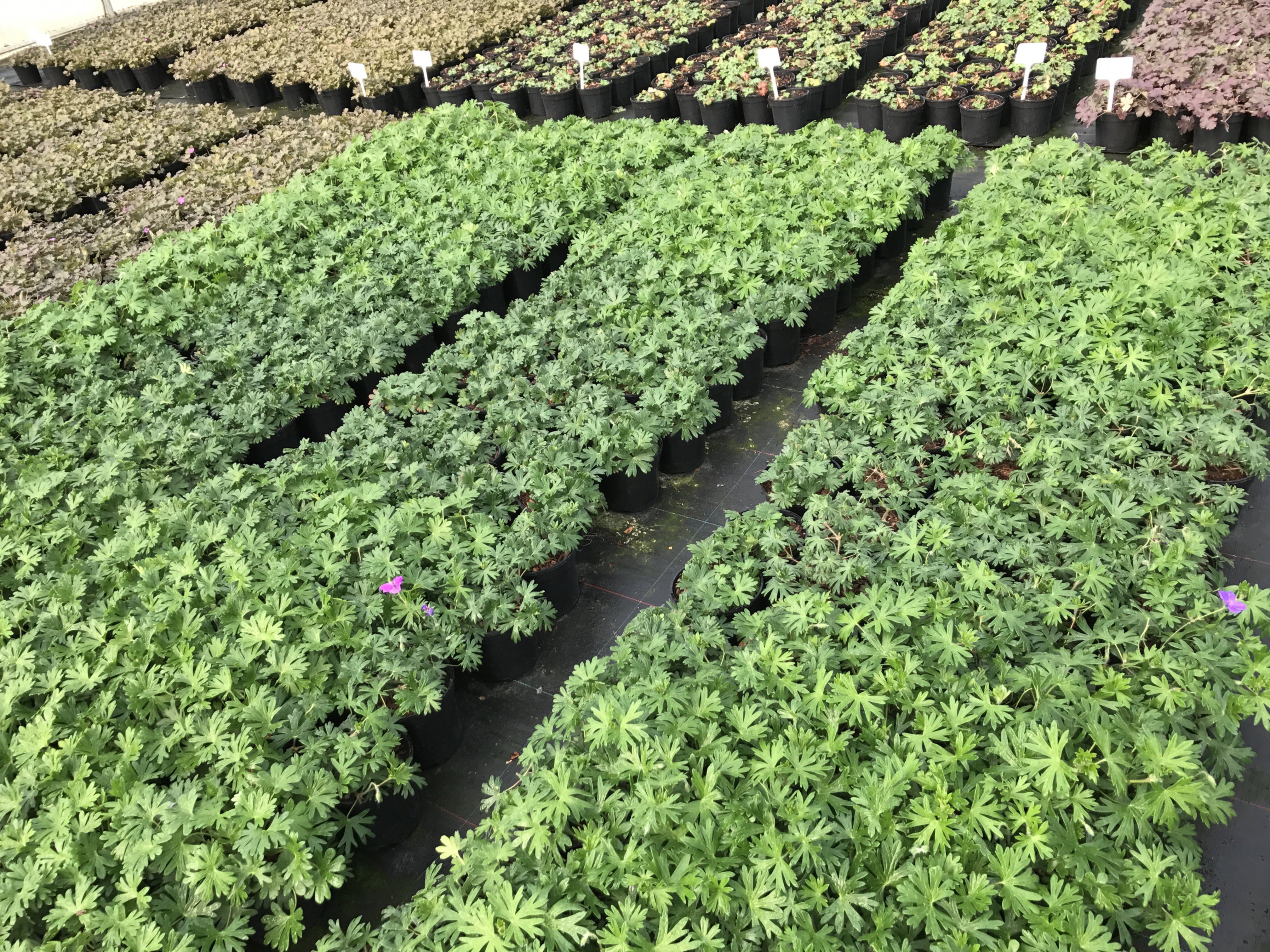
Application uniformity and efficiency
In terms of the hardy nursery stock sector, overhead sprinkler irrigation systems are still dominant, especially for container-grown stock, due to cost, ease of installation and flexibility. However, the efficiency of such systems is often less than 50% depending on plant spacing, crop canopy development, and the uniformity of application over the crop. Appropriate irrigation line spacing, nozzle selection and recycling can assist in improving uniformity and efficiency. The AHDB Irrigation Calculator software is a useful tool to assist in the optimisation of application efficiency of installed systems. When developing new production areas, serious consideration should be given to drip or sub-irrigation, for both container and field production, placing water as close to the plant root system as possible.
In terms of other protected crops, systems which optimise delivery and uptake and minimise waste should be considered, such flood floors or ebb and flow benching, where the unused water is captured and reused.
As previously mentioned, applying too much water volume to a growing media or soil too quickly will result in high levels of container run-through or soil run-off, continuing to apply water when the media or soil is saturated will result in the same thing, as will application to a very dry medium or soil.
Any system should also be well maintained to avoid leaks and prevent blockages. Irrigation application schedules should also be re-assessed during the transition from peat-based to peat-free growing media blends.
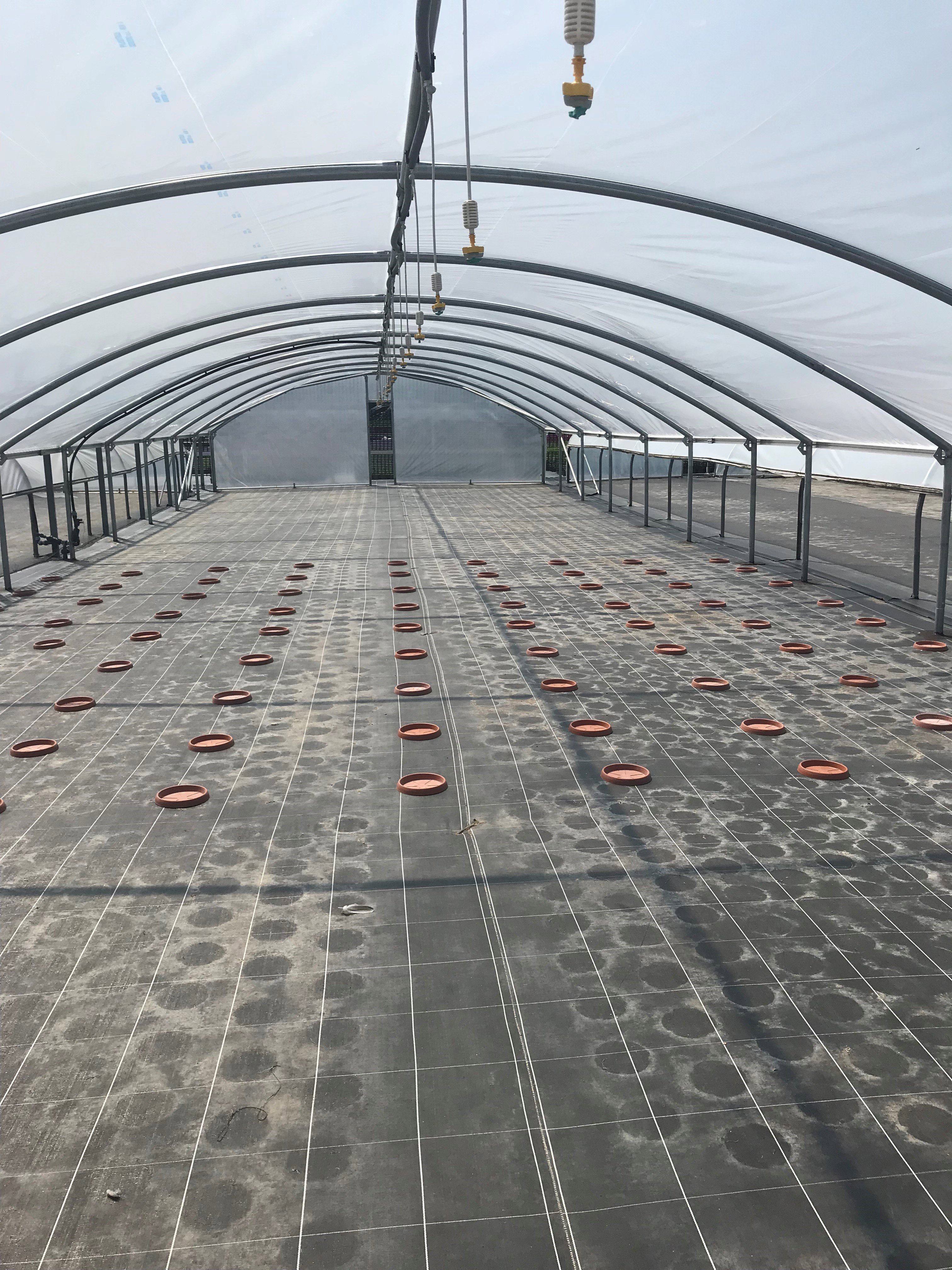
Matching irrigation supply to crop demand, monitoring and the use of technology
Irrigation regimes
The approach of the grower or supervisor to irrigation, along with the parameters previously listed, will have a large impact on how well supply is matched to crop demand. This applies more to container-grown crops, where there is a limited volume of substrate from which the plant can draw water. Some growers/supervisors run a ‘moist regime’ to encourage plant growth and minimise the risk of crop damage due to drying out. This little and often approach to irrigation keeps the growing media in the container close to full water holding capacity. The risk with this approach is that the medium becomes saturated, leading to excessive drainage and the risk of root damage through lack of air.
Another approach is to run a ‘lean regime’, letting the available water content run lower before an amount of water is applied to raise it, but not to full water holding capacity. This can place a low-level stress on crops helping to check unwanted growth, but if water levels are left to fall too far, inducing plant wilting and stress, damage can result.
The third approach is to run a ‘wet/dry cycle’, where the available water content is allowed to fall, as with the second option, but the growing media is then brought back to full water holding capacity. In some cases, a mixture of the three irrigation regimes may be required during the crop production cycle. Minimising water losses with these methods and accounting for growing media characteristics can be achieved by undertaking container run-through loss checks.
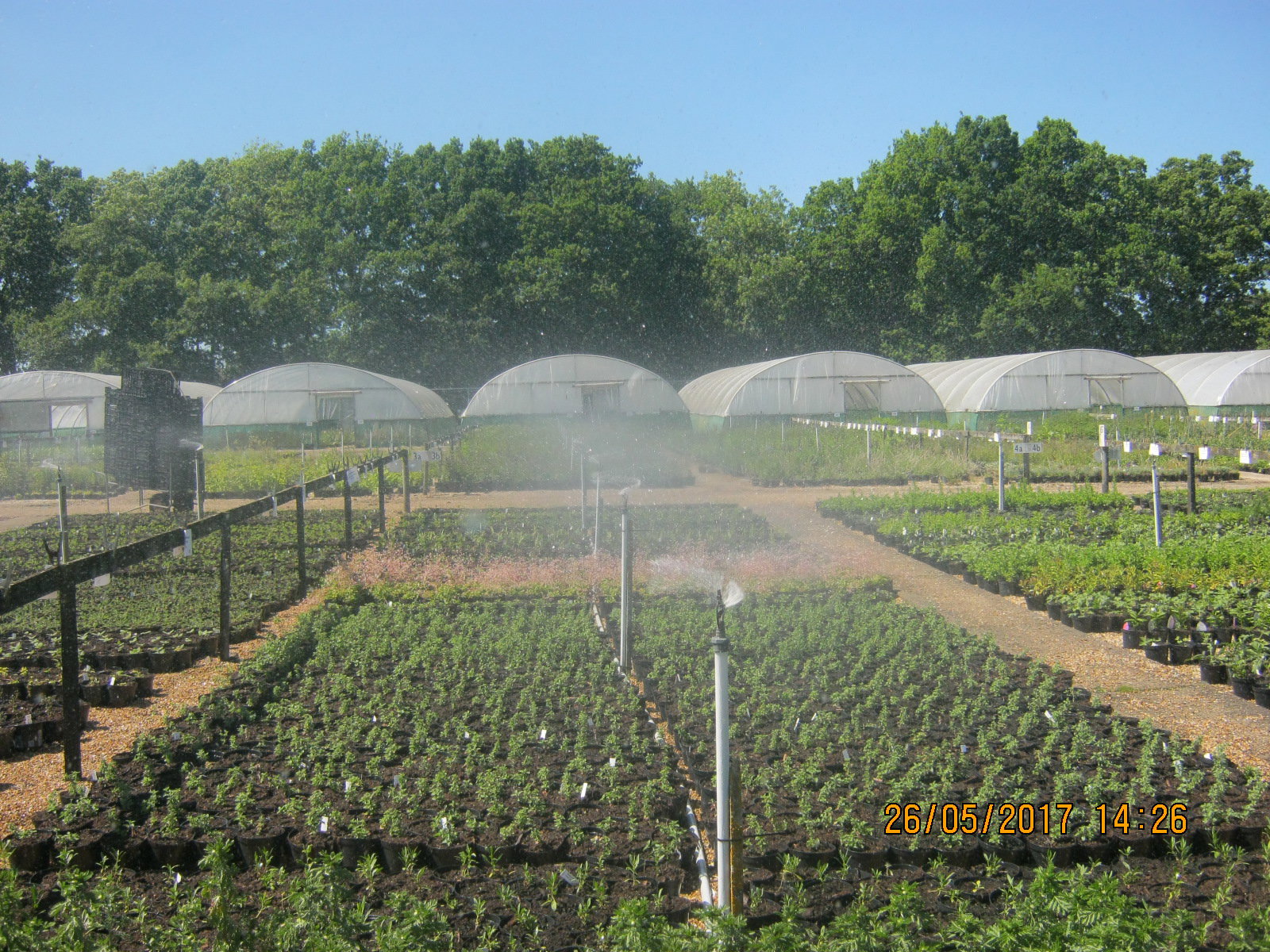
Monitoring and sensors
Reliance on time clocks to apply irrigation water is not an efficient method as it doesn’t automatically account for the prevailing weather or the stage of crop growth. Quantitative methods which can be used to determine the need to irrigate include:
Gravimetric (weighing) method – with this method the weight of several plants at full water holding capacity are recorded, and again after a period when they have reached the point at which they need irrigating, to give a water loss value (1 g of water = 1 ml). This gives an indication of the available water capacity for the crop/container size/growing medium combination.
Estimating evapotranspiration – evaporative demand was previously estimated by weighing a plant (as above) and then applying a crop coefficient to calculate the volume of water lost (to take account of crop growth), or by measuring water loss from an open water surface, using a pan evaporimeter. This process can be automated by using an evaposensor and evapometer, which can be linked directly to the irrigation control system.
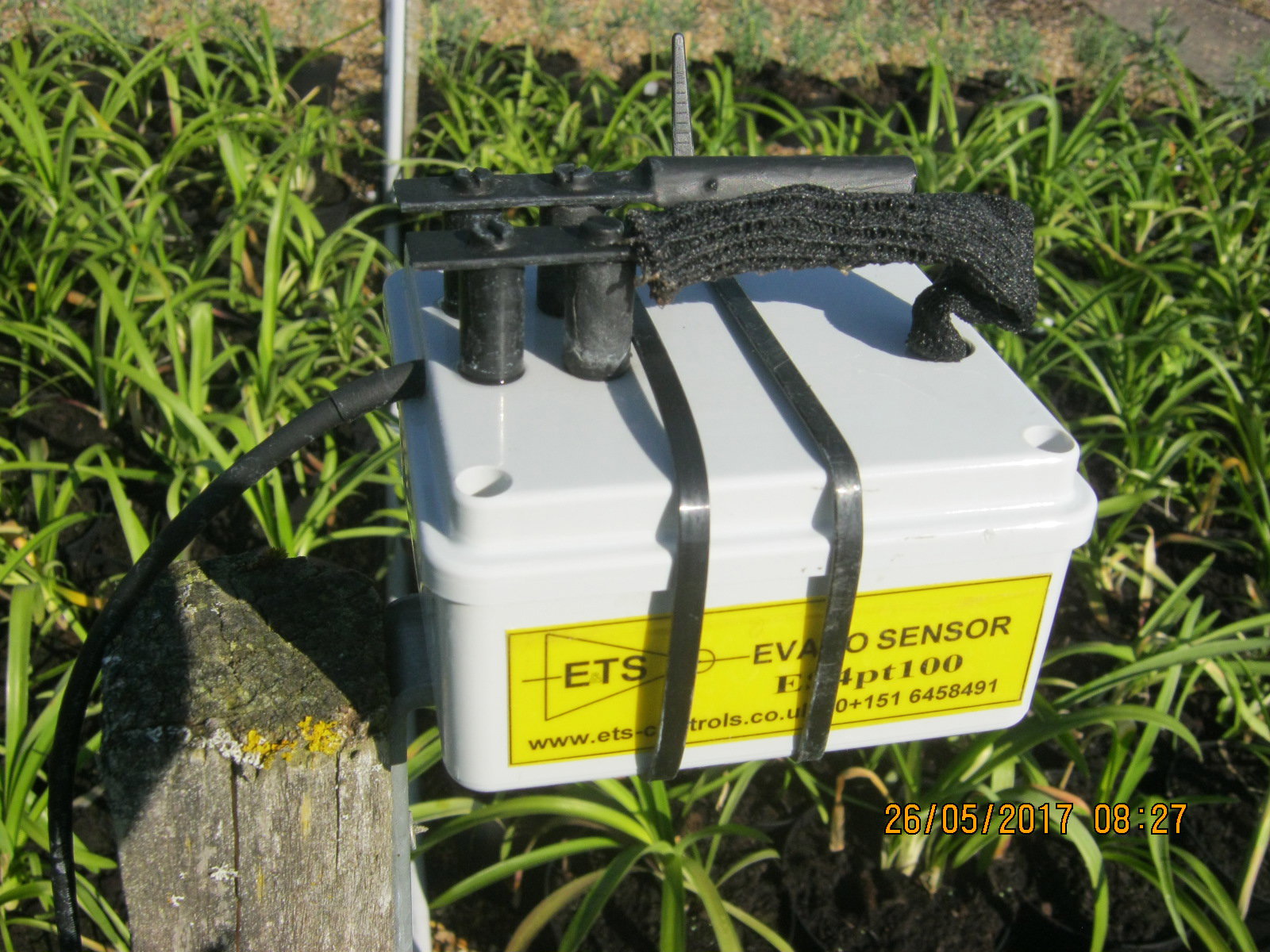
Use of in-pot or handheld sensors – more recently moisture sensors have been developed which measure the actual moisture content of the growing medium, rather than the loss from the plant. These can be in-pot, where the probe remains in the container throughout the life of the crop, or handheld, used to spot check individual plants. They vary in terms of both cost and sophistication, providing real time data on individual or multiple parameters such as moisture content, pH, electrical conductivity (EC) and growing medium temperature. In-pot probes can also be linked to the irrigation control system via wireless connection, and the data generated can be used to populate a dashboard which succinctly interprets and displays the information recorded. Information can also be pushed out to mobile devices and smartphones.
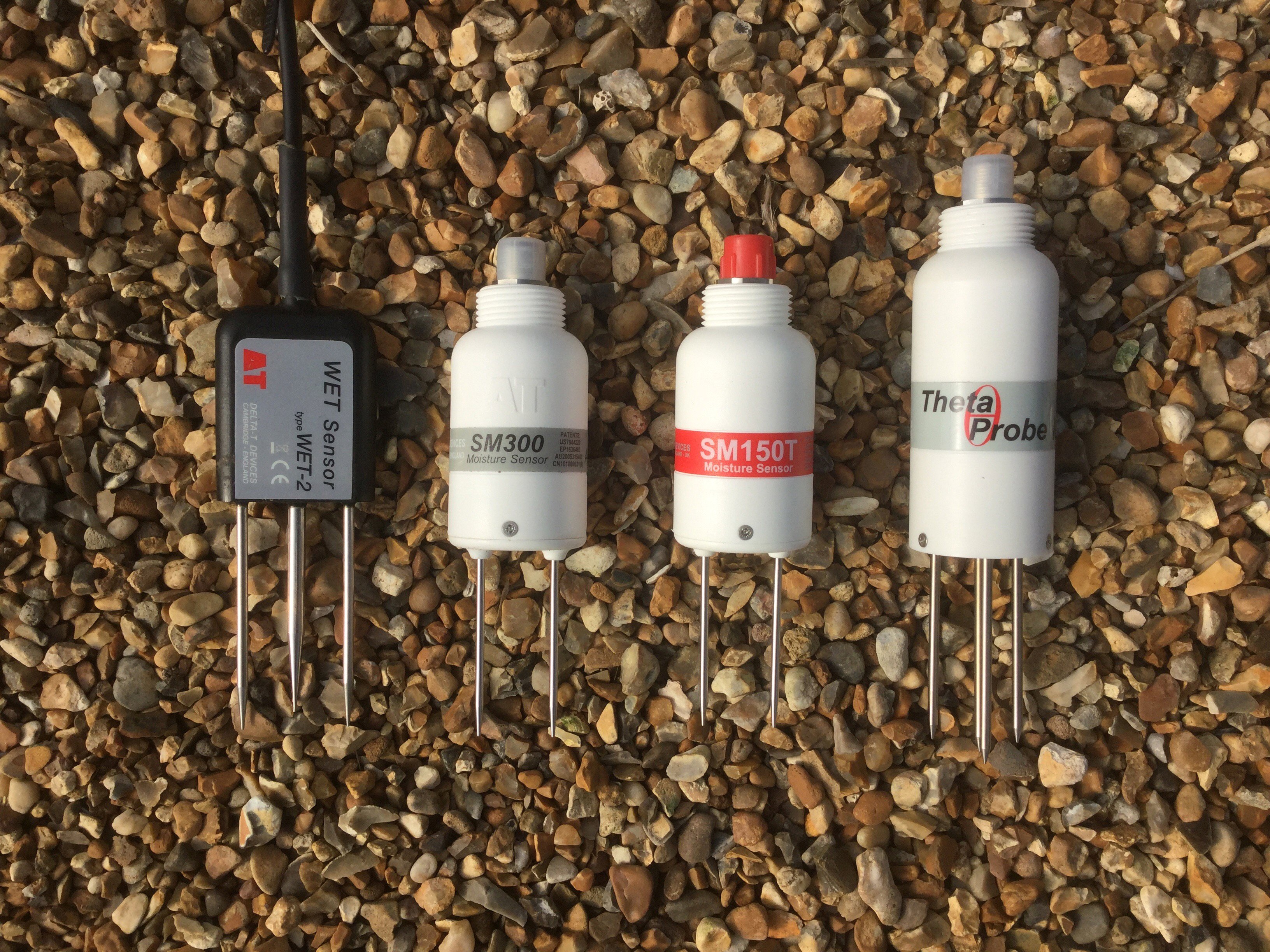
Glossary
Available water holding capacity – the water content available to plants between a fully saturated medium, which has been allowed to drain, and one at the point of plant wilting.
Full water holding capacity or container capacity – the volume or weight of water remaining in a container of growing media after it has been fully saturated and allowed to drain freely via gravity.
Wilting point – the water content of the growing media when a plant can no longer draw water from it.
